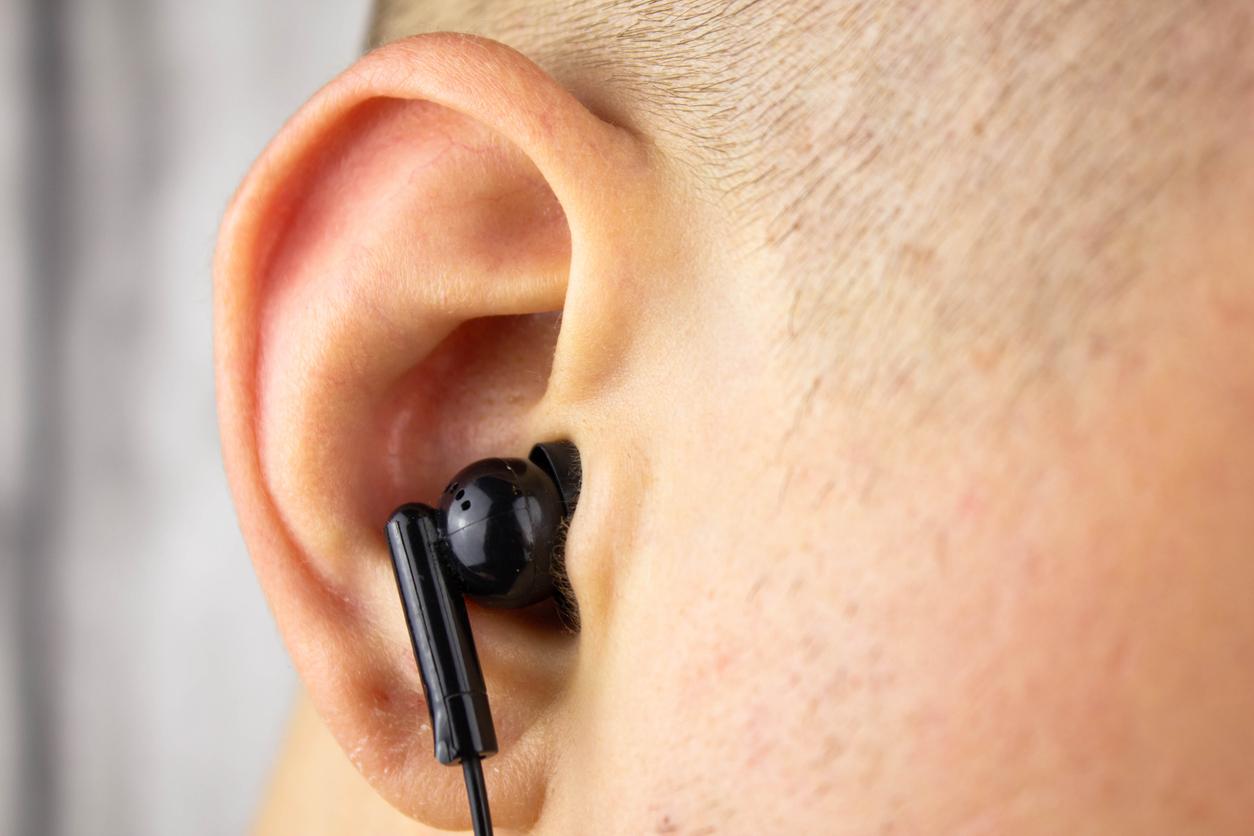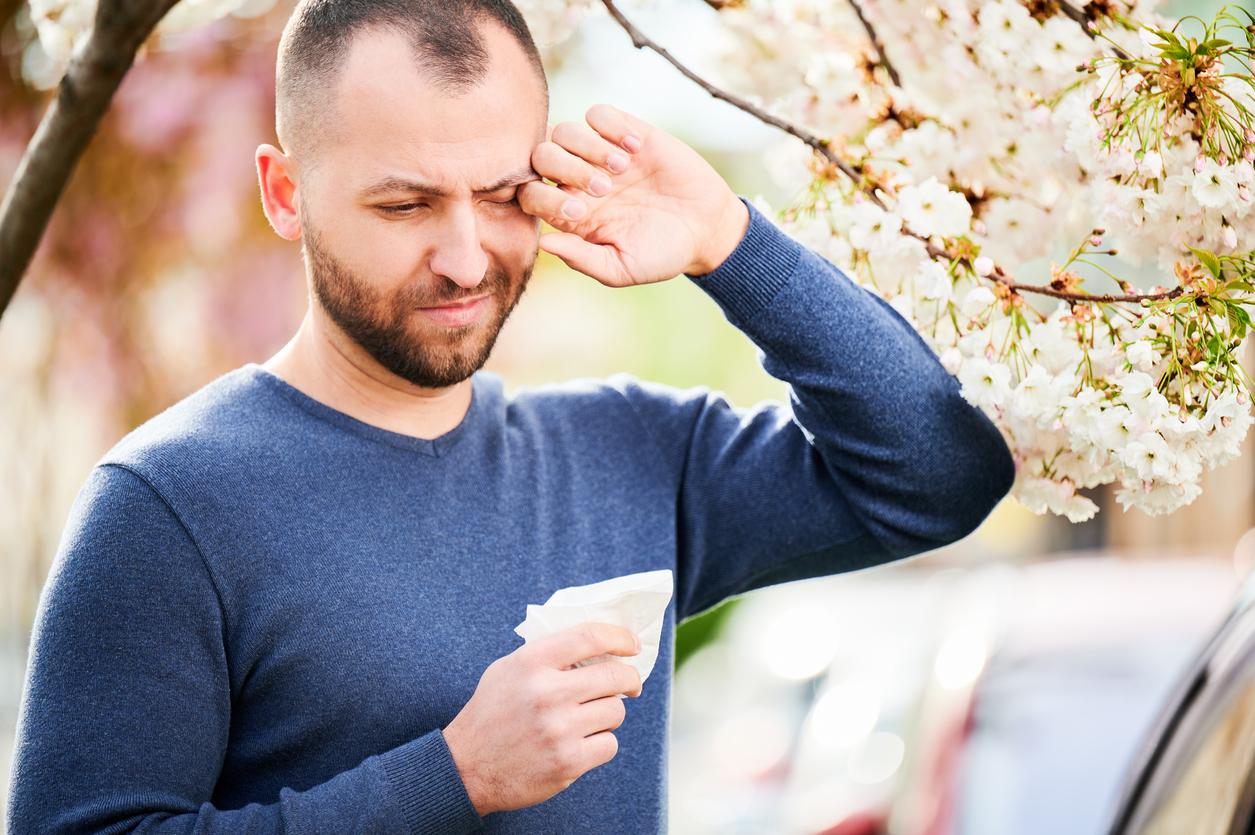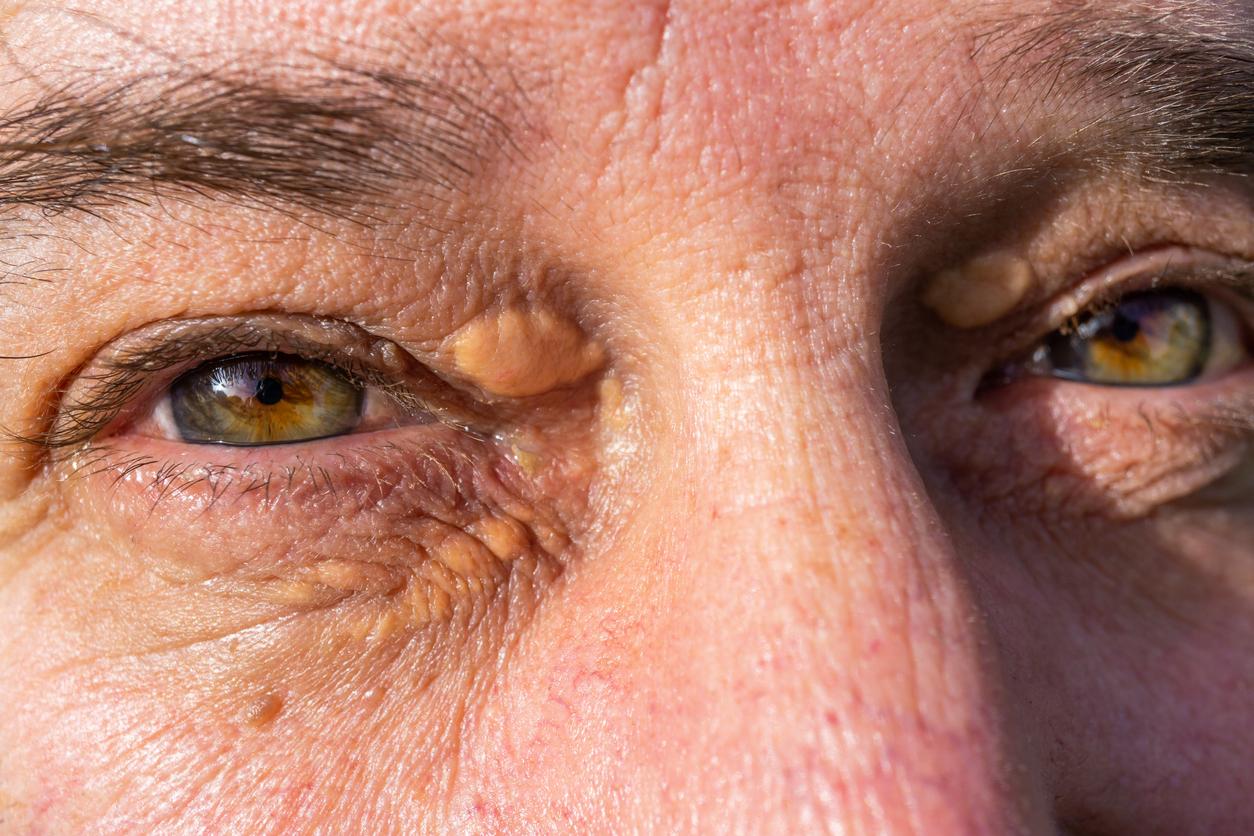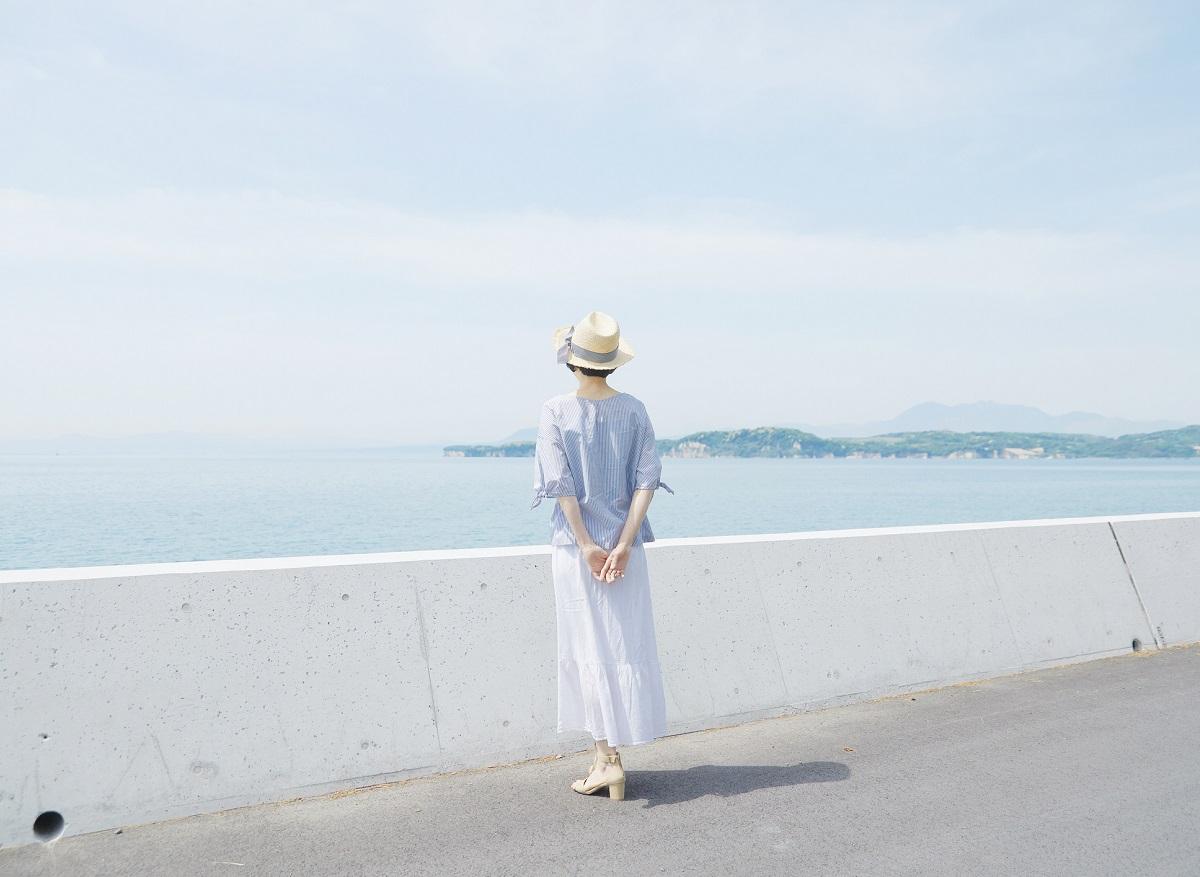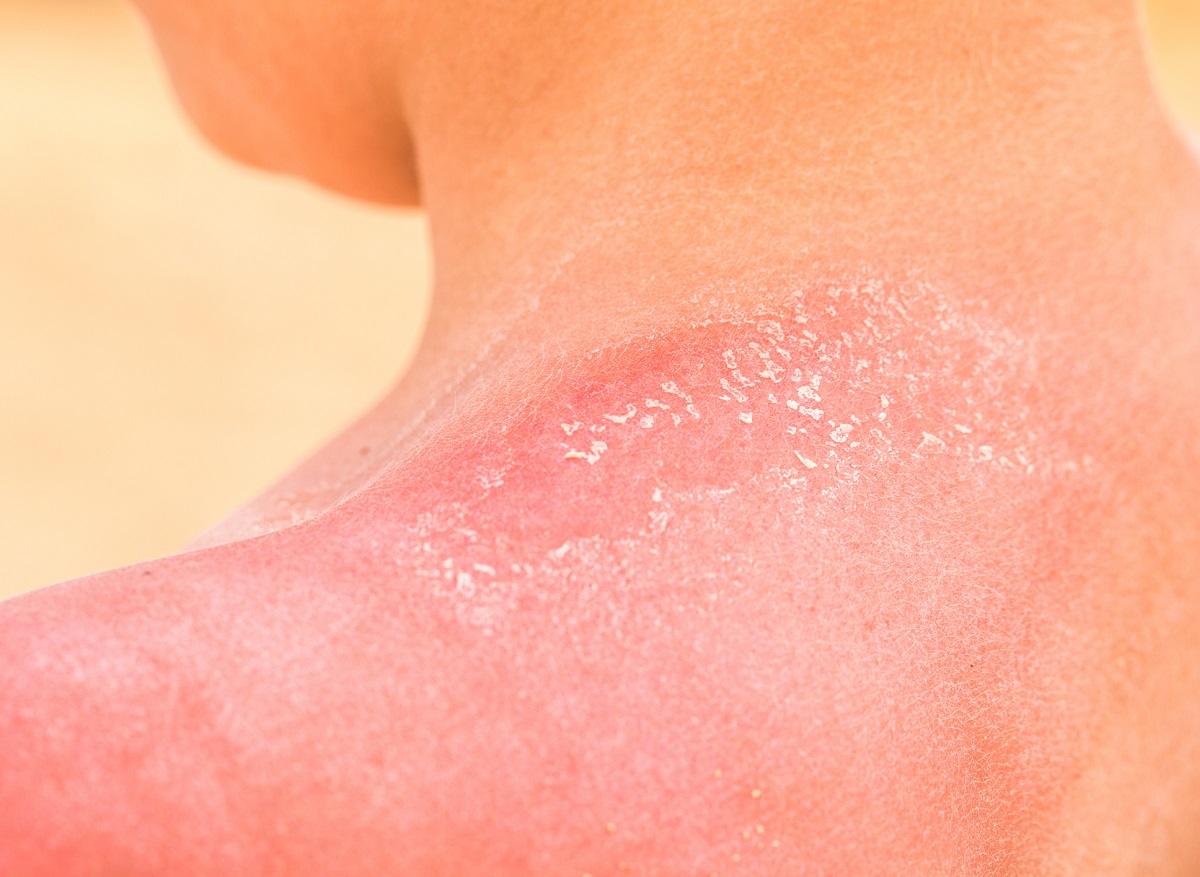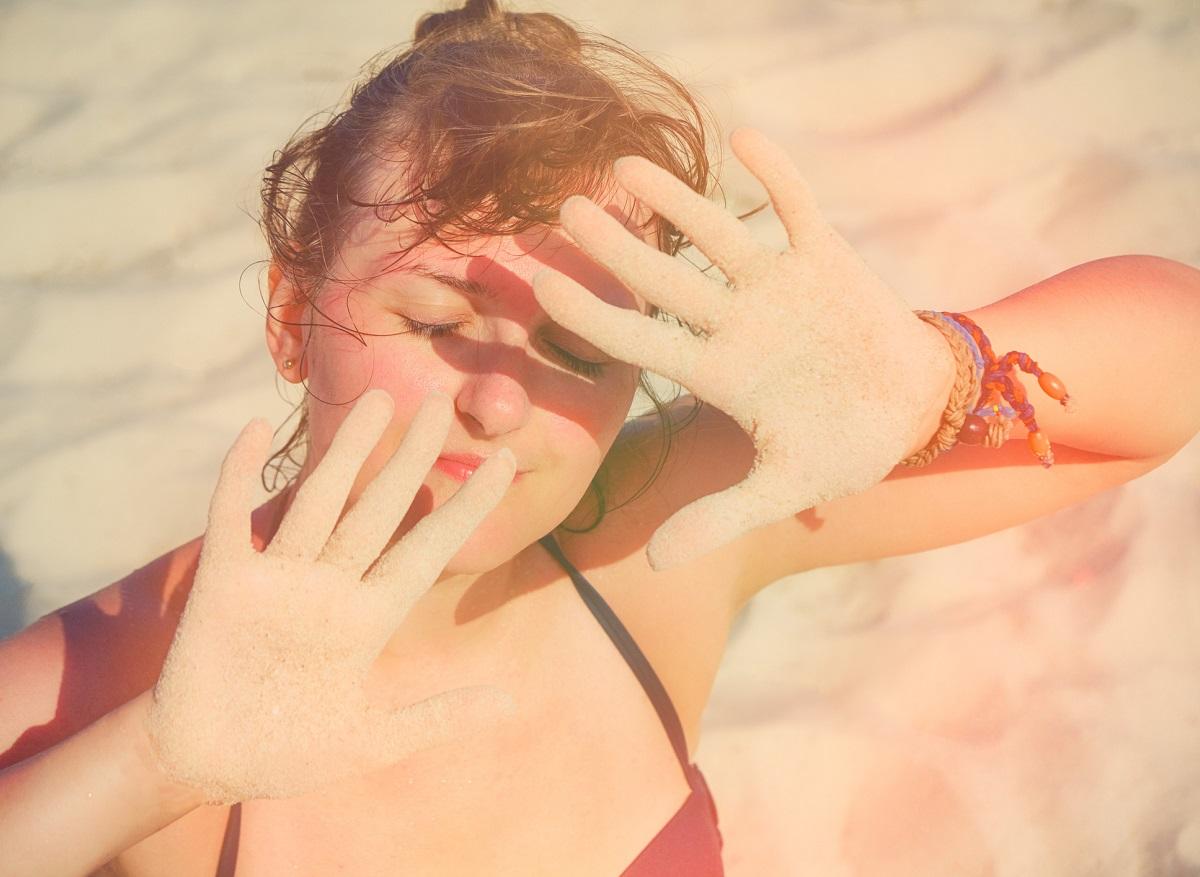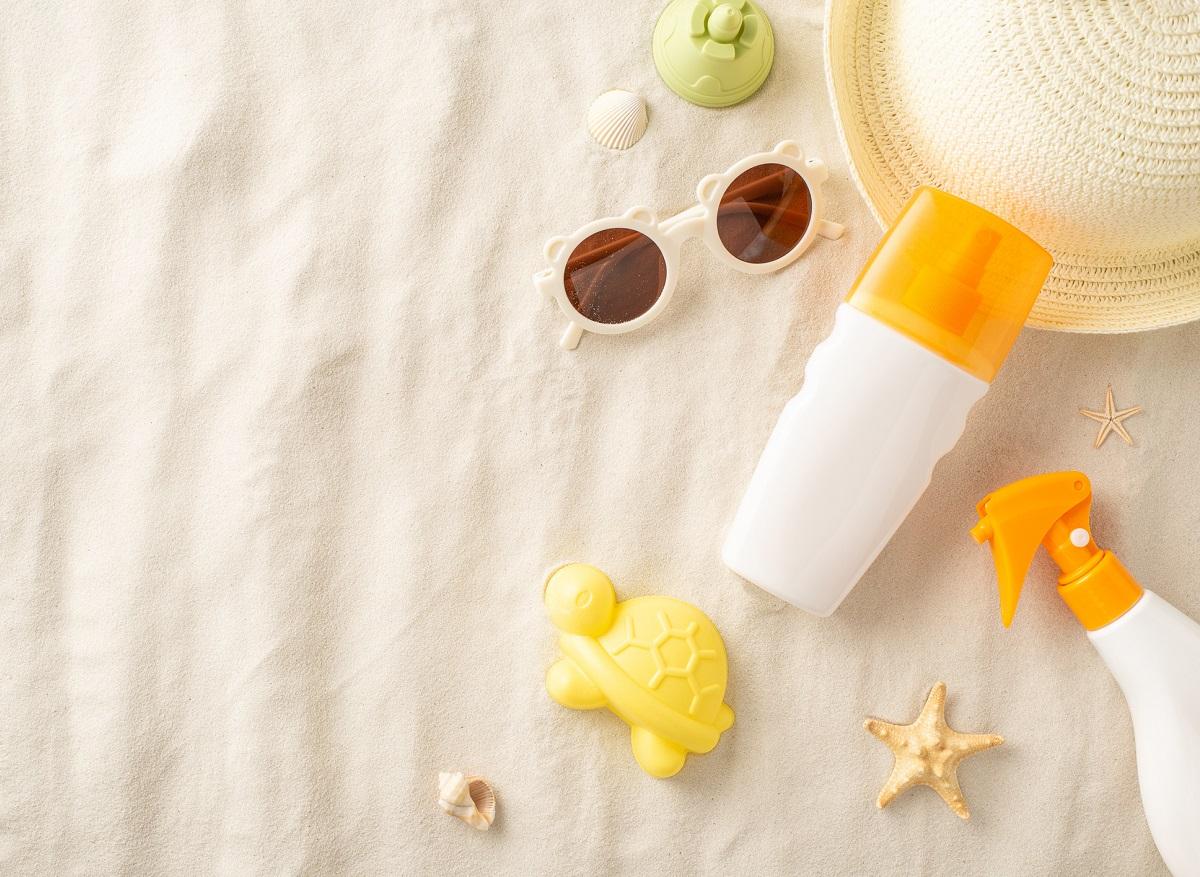
June 6, 2011 – As with the skin, the sun’s rays can cause “sunburn” – or burns – to the surface of the eye; hence the importance of wearing sunglasses and a wide-brimmed hat to protect your eyes.
“Sun exposure is more dangerous between 10 a.m. and 2 p.m., because the sun is higher and the radiation efficiency is greater. You have to protect your skin, eyes and also your eyelids against these ultraviolet rays, ”explains Claude Giasson, optometrist and full professor at the School of Optometry at the University of Montreal.
“This acute effect of exposure to ultraviolet rays – also called ultraviolet keratitis or so-called snow ophthalmia – is inflammation of the cornea. These burns are painful and temporary, ”says the specialist.
The symptoms of ultraviolet keratitis vary depending on the intensity of exposure to ultraviolet rays. The most common are: red and teary eye, burning sensation and difficulty enduring strong light.
Sometimes permanent risks
Prolonged exposure to the sun without adequate protection can permanently damage eyesight. Indeed, the accumulation of damage after repeated exposures can lead to chronic eye diseases. The sun’s rays affect the surface of the eye, but also its internal structure, especially the lens and the retina.
“Even if we must be careful with the conclusions of epidemiological studies, they seem to show that there is an increase in the incidence of cataracts and possible effects on the lens due to exposure to sunlight” , explains Claude Giasson. Ultraviolet rays are also among the risk factors for age-related macular degeneration and ocular melanoma (a form of skin cancer that appears in the eye), he adds.
Sunglasses
A person who works outdoors or is exposed to the sun for a long time is therefore more at risk of damaging their eyesight without adequate protection. This is also the case for people who live at altitude or who take photosynthesizing drugs.
Claude Giasson suggests that they get into the habit of wearing a wide-brimmed hat or cap and approved sunglasses that filter UVA rays – almost 90% or more if possible – and UVB rays close to 99%.
“The choice of polarized lenses that reduce glare from the reflection of snow and water is suitable for driving and outdoor activities, especially for water sports and downhill skiing enthusiasts,” adds he does.
Carole Boulé – PasseportSanté.net







